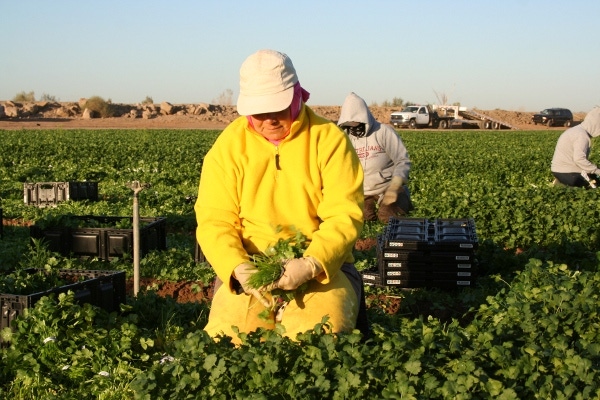January 5, 2017

It’s been a decade since the California vegetable industry faced its worst food safety travesty when three consumers died and another 205 were sickened from consuming bagged spinach tainted with the foodborne pathogen E. coli 0157:H7 which caused food poisoning.
After the food safety disaster, consumer confidence in their leafy green food supply tanked with some estimates of financial losses to U.S. vegetable agriculture near the $1 billion mark. More important than this whopping sum was the long-term impact of the three deaths and hundreds of sickened consumers on those affected and their families and friends.
After the food safety botch, the vegetable industry immediately huddled and worked feverishly to get back on its feet. The end result was improved food safety practices for growers and handlers.
These food safety practices were placed into action under the California Leafy Green Products Handler Marketing Agreement, or LGMA for short; overseen by the California Department of Food and Agriculture. A mirror program was enacted shortly thereafter for vegetable production and handling in Arizona.
The California LGMA program has been updated 12 times, thanks to collaborative input from industry and university scientists, food safety experts, government officials, farmers, shippers and processors. According to the LGMA, “This unique and rigorous science-based food safety system protects public health by reducing potential sources of contamination and establishes a culture of food safety on the farm.”
LGMA says 94.5 percent of the leafy greens grown in the U.S. are farmed in California and Arizona.
Unfortunately, food safety breakdowns can never be totally eliminated since most food is grown in fields without walls, ceilings, and floors to keep pathogens out. In the end, the hope is for fewer food safety breaches and safer food for consumers.
It’s important to note that this program was developed by private enterprise without government’s heavy hand. While government specialists are involved, it’s an agricultural solution built from the ground up, and that’s certainly an accomplishment for agriculture to celebrate.
On this 10th anniversary of the spinach-food safety tragedy, it’s good to know the LGMA works by helping growers farm and handlers deliver the safest food supply possible.
Create a more healthy diet for yourself by eating more vegetables daily.
You May Also Like




